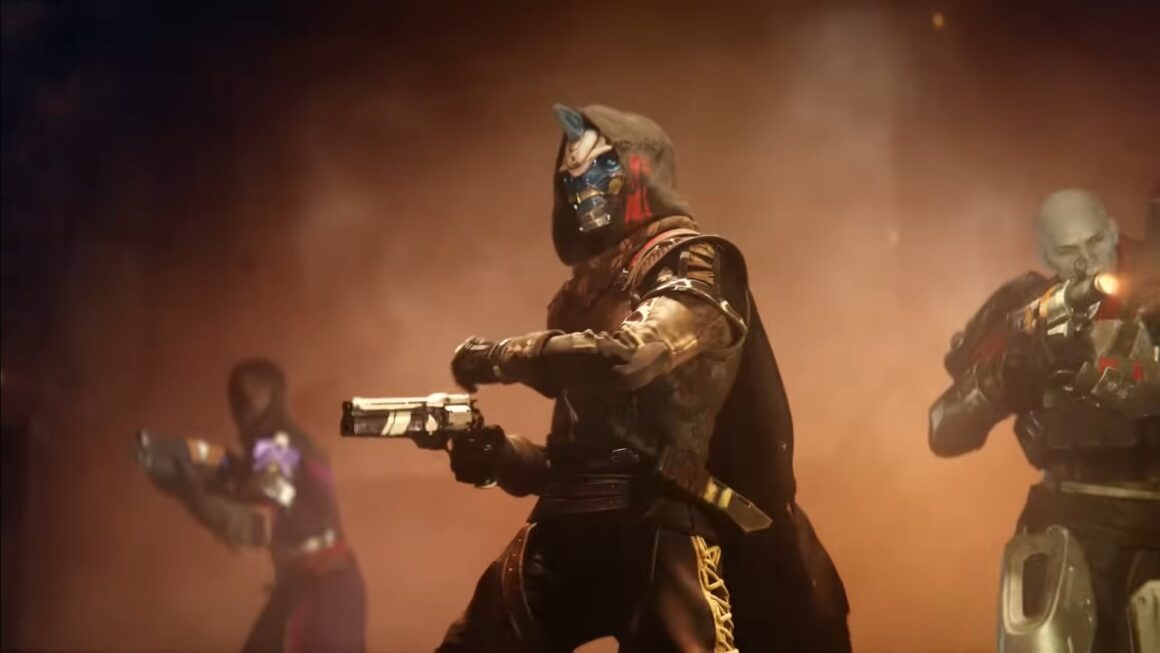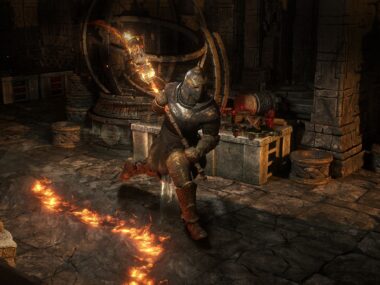⚠️ I am not a lawyer. This article is for informational and discussion purposes only and does not constitute legal advice.
Bungie, the developer of Destiny 2, is facing a copyright infringement lawsuit brought by author Matthew Kelsey Martineau, who writes under the pen name Caspar Cole. Martineau alleges that the studio copied elements from his unpublished sci-fi works, posted on WordPress in 2013 and 2014, and used them in Destiny 2’s original Red War campaign and the Curse of Osiris expansion.
Allegations at a Glance
Martineau claims that Bungie lifted key narrative elements from his writing, including:
- A powerful alien military faction called the Red Legion
- A giant celestial object hovering ominously over Earth
He alleges that these concepts, and more, bear substantial similarity to his original stories and that Bungie likely had access to them during the development of Destiny 2, which launched in 2017.
Legal Roadblocks: The Vaulting Problem
One of the most unusual twists in this case stems from Bungie’s own game design decisions. As part of their content management strategy, Bungie “vaulted” (removed) older story content, including the Red War and Curse of Osiris campaigns, during the Beyond Light expansion in 2020.
That means the very material being contested is no longer accessible, even to Bungie. The content can’t be played or reviewed because it’s technically incompatible with the current version of the game. This has become a significant issue, both legally and ironically: the company’s controversial decision to remove this content now directly impedes its own ability to defend itself in court.
Court’s Ruling So Far
The lawsuit remains active. Judge Susie Morgan recently denied Bungie’s motion to dismiss the case, ruling that Martineau’s complaint meets the legal threshold of “factual copying and substantial similarity.” This does not mean Bungie is guilty, but that the case deserves to move forward into the discovery phase.
In a key clarification, the judge emphasized that only the original game content, not YouTube videos, wikis, or summaries, can be used as evidence in a copyright case. Bungie had attempted to submit fan-made materials to argue that the game content differs from Martineau’s work. But the court rejected this, stating these unofficial sources lack the authenticity and reliability needed for legal comparison.
Why Fan-Made Content Can’t Be Used in Court
Courts require authentic, verifiable sources, especially in copyright disputes. Fan-made videos and community wikis may be useful for players or public discussion, but they are considered secondary sources:
- They can be selectively edited, incomplete, or inaccurate
- Their authenticity can’t be guaranteed
- They don’t meet the strict legal standards required for copyright analysis
This standard applies equally to both the plaintiff and the defendant. While Martineau may have referenced public materials to initially identify a possible infringement, he still must present original content from both his work and the game for a proper side-by-side review.
The Evidence Dilemma
Here’s where the case faces a critical challenge. To prove copyright infringement, Martineau must establish two things:
- That he owns the original copyrighted work (his stories)
- That Bungie’s game content is substantially similar to it
But the Red War and Curse of Osiris campaigns are now inaccessible. Bungie cannot produce the original files, and Martineau, like all players, lost access when the content was vaulted.
Despite widespread documentation from fans (playthroughs, lore breakdowns, discussions), none of it is admissible in court. The court has been clear: only the official game files qualify as valid evidence.
What Happens Next?
At this stage, Martineau only needed to allege facts to proceed. The bar is low at the motion-to-dismiss phase. But the bar rises significantly during the next stages of litigation.
If neither party can produce the original game content, Martineau’s case will likely fail. Without the ability to conduct a direct, court-approved comparison between his work and Bungie’s content, the core requirement, proof of substantial similarity, cannot be satisfied.
This is not a legal loophole. It’s standard judicial process:
- A plaintiff can initiate a case with plausible claims
- But to win, they must present admissible evidence that holds up under legal scrutiny
Bungie’s content vaulting, a controversial move long criticized by the Destiny community, now looms large in court. What was once a gameplay frustration has become a legal obstacle. Bungie’s inability to provide the very content it’s accused of copying may ultimately shield the company, not through vindication, but through lack of evidence.
At the same time, Martineau’s use of unofficial resources to form his claim is not improper. It’s allowed at the early stage. But to prevail, he must produce the original game content just like Bungie must. If no one can, the lawsuit will likely be dismissed.
The case highlights a strange collision between evolving digital media practices and the rigid evidentiary standards of copyright law. A clash where even a massive game studio can find itself trapped by its own design choices.
Is It a Trap?
Not exactly, but it functions like one.
The legal system requires original content for copyright comparison. If neither side can provide the actual game content in question, the case simply cannot move forward, no matter how compelling the allegation might seem.
So even though it’s not an intentional legal loophole, the result is the same: without the vaulted Red War and Curse of Osiris campaigns, the plaintiff cannot prove his case, even if he’s right.
Did Bungie Vault Content to Protect Itself?
It’s highly unlikely that vaulting was originally done to dodge lawsuits. The company stated that content was removed due to:
- Technical limitations (game file size, performance)
- Narrative restructuring (moving Destiny 2 in a new direction)
- Streamlining new player experience
But here’s the twist:
By removing access to the content, Bungie unintentionally made it harder to be held accountable for potential past copying. That could have a protective side effect.
Whether that was part of the calculus at the time? Unknown. But now that it’s in play, it serves as a defensive shield, even if it wasn’t meant to be one.






